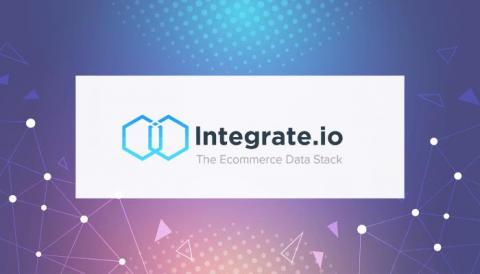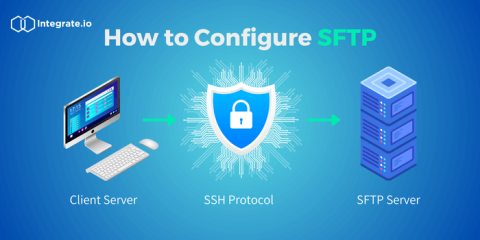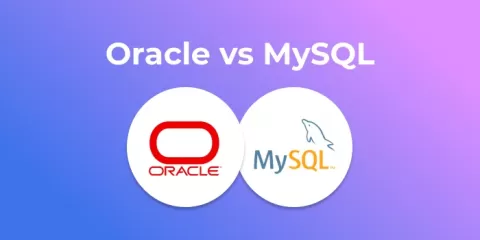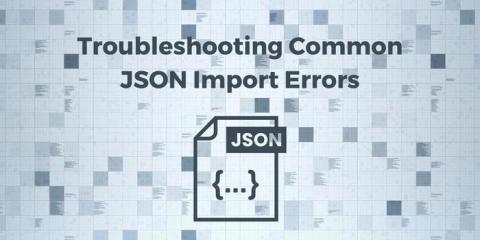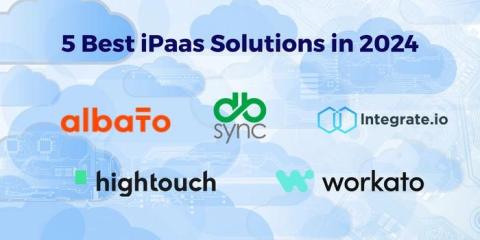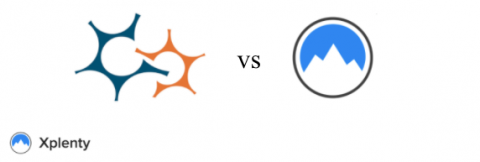B2B Integration: Securing Your Data
In an era where data is a critical business asset, securing it in B2B integration scenarios is more important than ever. This article explores the essential strategies and technologies for robust data security in B2B contexts. Data is a critical asset for businesses, which makes securing it during B2B integration more important than ever. This article will explore the best practices and tools that can aid in robust data security. Here are the 5 key takeaways from our B2B integration article.


